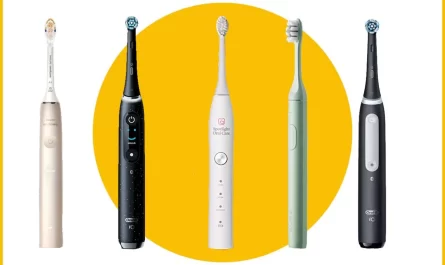Introduction
Experiencing difficulties in turning on your Oral-B toothbrush can be frustrating, especially when you rely on it for your oral hygiene routine. There can be various reasons why your Oral-B toothbrush won’t turn on, ranging from simple issues to more complex electrical malfunctions. In this article, we will explore potential causes and troubleshooting steps to help you identify and resolve the problem.
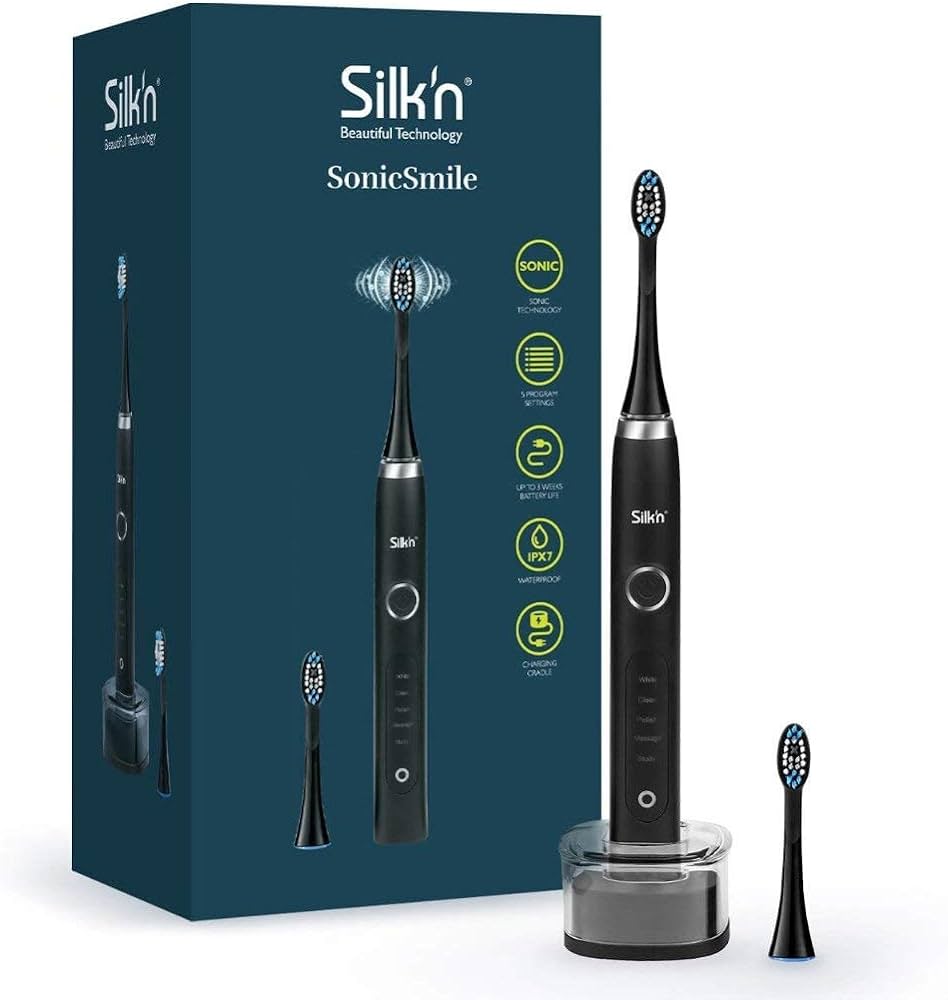
Why won’t my Oral-B toothbrush turn on?
Check the battery
The first step in troubleshooting a non-functional Oral-B toothbrush is to check the battery. Here are some considerations:
Battery depletion: If your toothbrush won’t turn on, the battery may be completely depleted. Plug the toothbrush into the charger and make sure it is properly connected. Allow it to charge for the recommended amount of time, typically 16 to 24 hours, depending on the model.
Battery contacts: Ensure that the battery contacts on both the toothbrush and the charger are clean and free from debris. Use a soft, dry cloth to gently clean the contacts, if necessary. Dirty or corroded contacts can interfere with the charging process and prevent the toothbrush from turning on.
Battery replacement: If the battery is old or no longer holding a charge, it may need to be replaced. Refer to the manufacturer’s instructions or contact customer support for guidance on battery replacement specific to your Oral-B toothbrush model.
Reset the toothbrush
If the battery is not the issue, try resetting the toothbrush. Here’s how:
Remove the brush head: Carefully remove the brush head from the toothbrush handle.
Press and hold the power button: While pressing and holding the power button, reattach the brush head to the handle.
Release the power button: After attaching the brush head, release the power button. This reset procedure can help resolve any temporary software or electrical glitches that may be causing the toothbrush to malfunction.
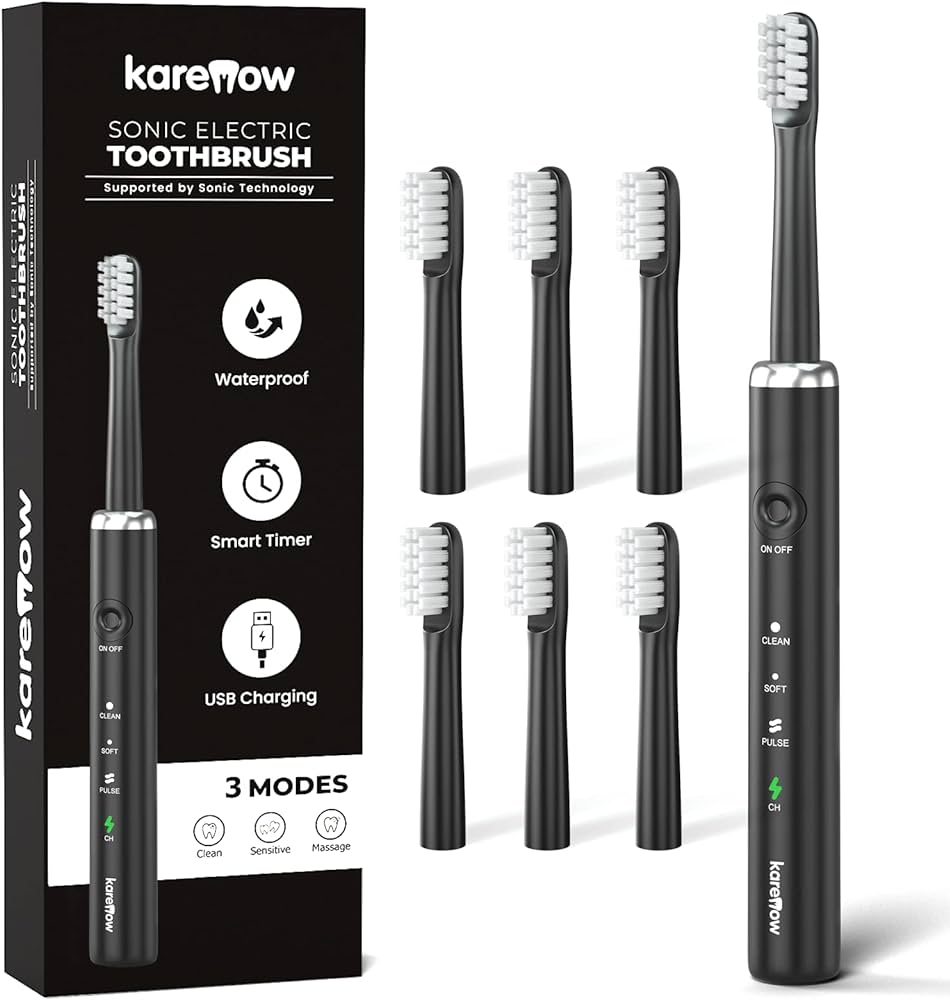
Check for blockages
Blockages or obstructions can prevent the toothbrush from turning on. Here’s what to do:
Remove the brush head: Detach the brush head from the handle.
Check for debris: Inspect the area where the brush head connects to the handle for any debris or buildup. Use a clean, dry cloth or a toothpick to carefully remove any obstructions that may be blocking the connection.
Clean the brush head and handle: Thoroughly clean the brush head and handle using warm water and mild soap. Rinse and dry them completely before reattaching the brush head.
Reattach the brush head: Once the brush head and handle are clean and dry, reattach the brush head securely to the handle.
Test the toothbrush: Try turning on the toothbrush to see if the issue has been resolved.
Charging and connectivity issues
If the toothbrush still won’t turn on, consider the following charging and connectivity issues:
Charger malfunction: The charger itself may be faulty or not functioning properly. Try using a different outlet or charging cable, if available, to determine if the issue lies with the charger.
Charging contact alignment: Ensure that the toothbrush is properly aligned with the charging unit. The metal charging contacts on both the toothbrush and the charger should align to establish a connection for charging. Misalignment can prevent the toothbrush from charging and turning on.
Charging base cleanliness: Clean the charging base with a soft, dry cloth to remove any dust or debris that may be interfering with the charging process. A dirty charging base can disrupt the electrical connection and prevent the toothbrush from charging properly.
Examine the power button: Carefully inspect the power button for any physical damage or obstructions that may be preventing it from functioning properly. If the button appears damaged or stuck, it may require repair or replacement.

Contact customer support or seek professional help
If you have followed the troubleshooting steps mentioned above and your Oral-B toothbrush still won’t turn on, it may be necessary to contact customer support or seek professional help. The manufacturer’s customer support team can provide specific guidance and assistance based on your model and the nature of the issue. Alternatively, you may need to consult a dental professional or an authorized repair center for further evaluation and repair.
Preventive measures for maintaining toothbrush functionality
To avoid encountering issues with your Oral-B toothbrush in the future, consider the following preventive measures:
Proper storage: Store your toothbrush in an upright position, allowing it to air dry between uses. This helps prevent moisture buildup, which can lead to mold or bacterial growth that may affect the toothbrush’s functionality.
Regular cleaning: Clean the brush head and handle of your toothbrush regularly to remove any residual toothpaste, debris, or buildup. This prevents blockages and ensures optimal performance.
Avoid excessive force: Use gentle pressure when brushing your teeth. Applying excessive force can strain the toothbrush’s motor or damage the bristles, leading to functionality issues over time.
Follow manufacturer instructions: Adhere to the instructions provided by the manufacturer for charging, cleaning, and maintenance. Each Oral-B toothbrush model may have specific guidelines to ensure optimal performance and longevity.
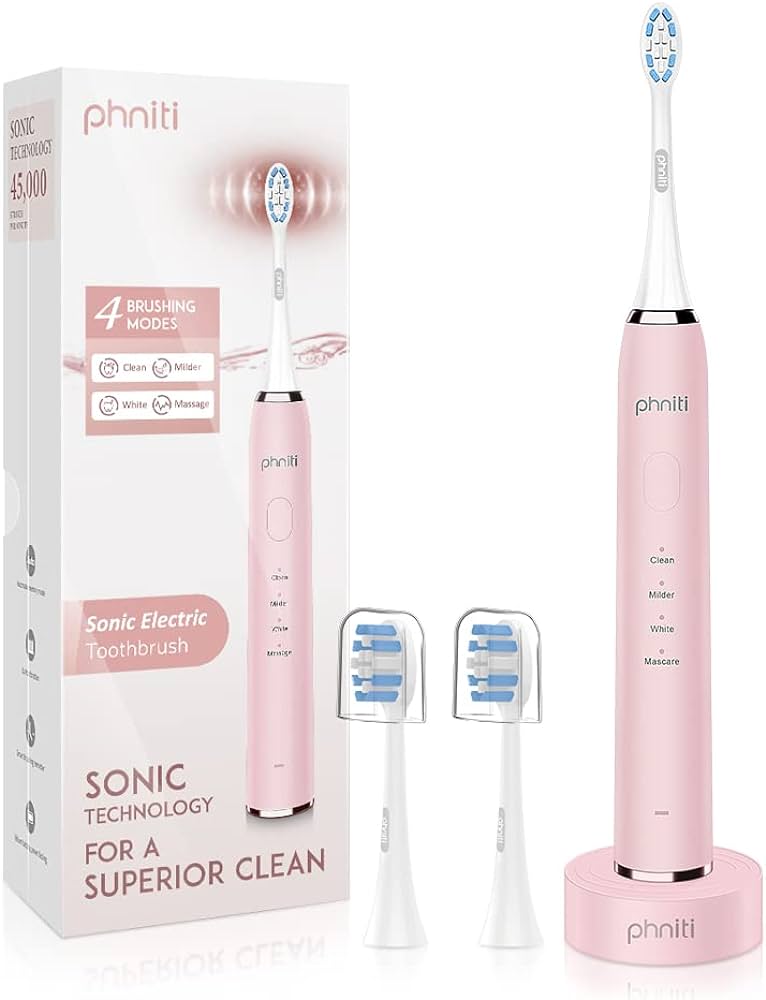
Replace worn-out parts: Regularly inspect the brush head and handle for signs of wear and tear. Replace the brush head every three to four months or sooner if the bristles become frayed. If you notice any cracks or damage to the handle, consider contacting customer support for recommendations on replacement parts or repairs.
Keep the toothbrush dry: After each use, thoroughly rinse the brush head and handle under running water, and then allow them to air dry. Avoid storing the toothbrush in a closed container or covering it while it is still damp, as this can promote the growth of bacteria or mold.
Avoid exposure to extreme temperatures: Protect your toothbrush from extreme heat or cold, as this can potentially damage its components. Additionally, avoid leaving the toothbrush in direct sunlight or near sources of heat, such as radiators or hairdryers.
Regular maintenance checks: Conduct periodic checks to ensure that the toothbrush is functioning properly. Test the on/off button, evaluate the charging process, and assess the overall performance of the toothbrush. Address any issues promptly to prevent further complications.
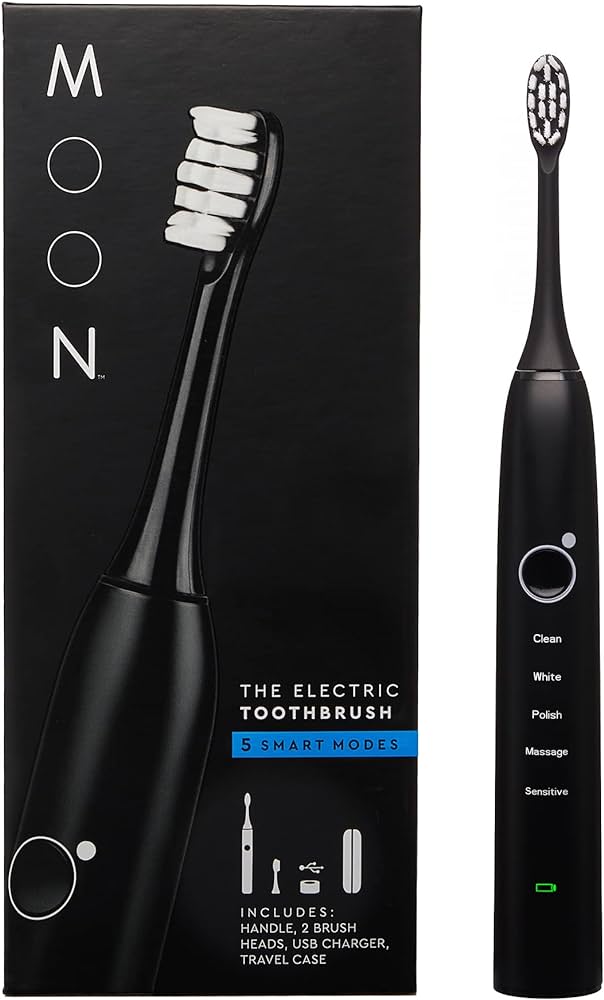
Conclusion
Experiencing difficulties in turning on your Oral-B toothbrush can be a frustrating experience. By systematically troubleshooting the issue, starting with checking the battery and connections, resetting the toothbrush, inspecting for blockages, and addressing charging and connectivity issues, you can often resolve the problem. If these steps do not resolve the issue, contacting customer support or seeking professional assistance may be necessary. Remember to refer to the manufacturer’s instructions and guidelines specific to your Oral-B toothbrush model. With proper troubleshooting and maintenance, you can ensure that your Oral-B toothbrush functions optimally, supporting your oral hygiene routine.


